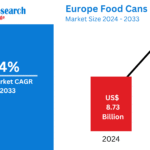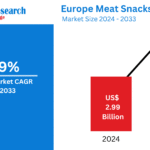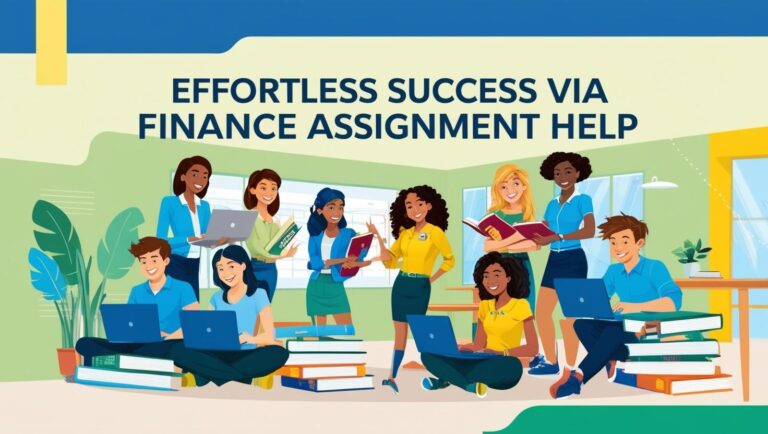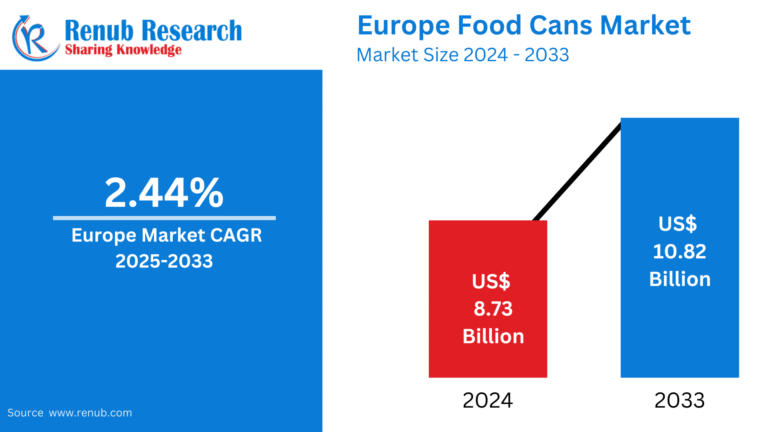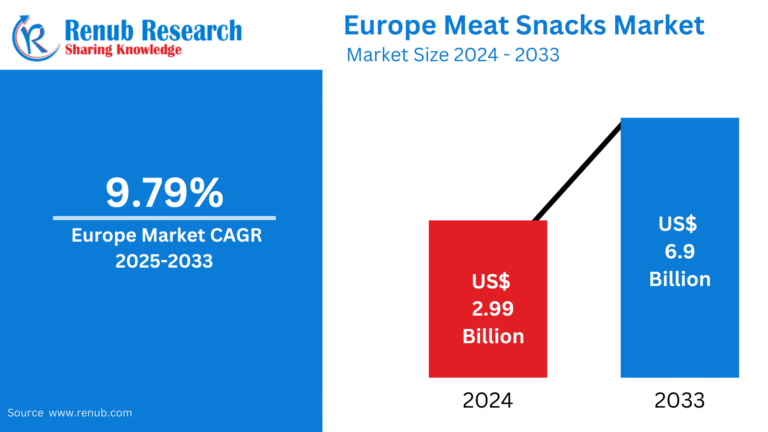On-demand delivery in the UK has exploded in popularity over the past decade, transforming how we shop, eat, and work. From ordering a gourmet meal at midnight to getting groceries delivered in under 15 minutes, the industry has reshaped consumer habits.
But what’s next? Will we see drones dropping off packages? Will AI-powered couriers replace human drivers? Let’s explore the future of on-demand delivery in the UK and what’s on the horizon.
1. The Current State of On-Demand Delivery in the UK
Before we dive into the future, let’s take a quick snapshot of where we stand today.
A Rapidly Growing Industry
The UK on-demand delivery market is worth over £14 billion, with major players like:
- Just Eat, Deliveroo, Uber Eats (food delivery)
- Getir, Gorillas, Zapp (grocery delivery)
- Amazon Fresh, Argos, DPD (retail & parcel delivery)
Changing Consumer Expectations
Customers now expect:
✔ Fast delivery – 30-minute grocery drop-offs are the new normal
✔ Live tracking – Real-time updates on every order
✔ Convenience over cost – People are willing to pay extra for ultra-fast service
But with rising demand come challenges—from worker rights issues to sustainability concerns. So, what’s next?
2. AI & Automation: The Future of Delivery Logistics
AI-Powered Route Optimization
Delivery apps are already using AI to:
🚗 Reduce delivery times by finding the fastest routes
📦 Group multiple orders together for efficiency
💰 Cut costs for both companies & consumers
Expect even smarter AI systems that predict demand, reducing wait times and making deliveries ultra-efficient.
Chatbots & AI-Powered Customer Service
Soon, AI will handle:
🤖 Live customer support – Answering questions instantly
📦 Order adjustments – Letting users modify orders in real time
🔄 Smart refunds & issue resolution – Automating compensation for delays or missing items
3. The Rise of Drone & Robot Deliveries
Will Drones Deliver Our Parcels?
Drone delivery trials are already happening in Cambridge & Milton Keynes, with companies like Amazon Prime Air & Royal Mail testing aerial drop-offs.
🚁 Benefits of drone delivery:
✔ Faster than road traffic
✔ Reduces carbon emissions
✔ Ideal for remote areas
🚧 Challenges:
- UK airspace regulations
- Weather dependency (rain & wind)
- High costs of implementation
Robotic Couriers: A Common Sight?
Self-driving robots from Starship Technologies are already delivering food and parcels in parts of the UK. These cute, six-wheeled bots navigate pavements to drop off orders.
💡 Expect more robotic couriers in cities where short-distance deliveries make automation cost-effective.
4. The Green Revolution: Sustainable Deliveries
Electric & Eco-Friendly Vehicles
With London’s Ultra Low Emission Zone (ULEZ) expanding, delivery services are switching to electric vehicles (EVs), bikes, and cargo scooters.
🚲 Companies leading the way:
- Deliveroo & Uber Eats – Encouraging bike couriers
- DPD & Amazon – Investing in EV fleets & e-cargo bikes
- Ocado & Tesco – Testing fully electric delivery vans
Eco-Friendly Packaging
Expect a shift towards:
♻ Biodegradable takeaway containers
📦 Reusable grocery bags
🚫 Less single-use plastic
As consumers become more environmentally conscious, brands that prioritise sustainability will dominate.
5. Subscription Models: The Future of Convenience
More “Unlimited Delivery” Memberships
Just Eat, Deliveroo, and Uber Eats already offer monthly subscriptions with free delivery.
📦 What’s next?
- Grocery delivery memberships – Unlimited supermarket orders for a flat fee
- Same-day retail delivery subscriptions – Amazon Prime-style service for all retailers
- Premium loyalty perks – Faster deliveries & exclusive deals for members
Consumers are increasingly choosing convenience over individual fees, making subscriptions the future of delivery apps.
6. The Future of Gig Work: More Rights for Drivers?
Will Gig Workers Become Employees?
With legal battles over gig worker rights, UK courts have ruled that Uber drivers must receive benefits like holiday pay and pensions.
🚦 Possible future changes:
- Better pay guarantees for delivery drivers
- Legal protections for gig workers
- More full-time contract opportunities
Some apps may adopt a hybrid model, where workers can choose between full-time employment & flexible gig work.
7. The Rise of Quick Commerce (Q-Commerce)
From Supermarkets to Micro-Warehouses
Q-commerce (ultra-fast grocery delivery) is changing the game. Companies like Getir, Gorillas & Zapp operate dark stores—local micro-warehouses that enable 10-minute deliveries.
📍 What’s next?
- More partnerships between supermarkets & delivery apps
- Expansion of hyper-local fulfilment centres
- AI-powered inventory management to reduce waste
💡 Did You Know? Some UK grocery deliveries now arrive faster than a takeaway pizza!
8. Hyper-Personalisation: Tailoring the Shopping Experience
AI will soon make delivery apps feel like personal shoppers.
🛍 Upcoming features:
- Predictive ordering – Your app suggests items based on your habits
- Personalised deals – Discounts tailored to what you buy most
- AI-generated meal kits – Apps automatically create recipes from your grocery orders
This shift will make ordering even more seamless & intuitive.
Conclusion
The future of on-demand delivery in the UK is fast, sustainable, and increasingly automated. From drones & robots to AI-powered logistics, expect even quicker, greener, and more personalised deliveries.
But with innovation comes change—new gig economy laws, rising competition, and evolving consumer demands will shape the next decade.
So, what’s next? A drone dropping off your morning coffee? A robot bringing your shopping? One thing’s for sure—delivery as we know it will never be the same!
FAQs
1. Will drones replace human couriers in the UK?
Not anytime soon. Drones will likely complement existing services but won’t fully replace drivers due to airspace restrictions and weather challenges.
2. What’s the most eco-friendly delivery service?
Deliveroo, Uber Eats, and DPD are investing in bike couriers and electric vehicles to reduce carbon footprints.
3. How will AI change delivery services?
AI will optimize routes, predict demand, and improve customer service, making deliveries faster and more efficient.
4. Are grocery delivery services profitable?
Many quick-commerce startups struggle with high costs, but partnerships with supermarkets may improve long-term viability.
5. Will delivery driver wages increase in the future?
It depends on legal changes—if more gig workers gain employment rights, wages may rise, but this could also lead to fewer job opportunities.


